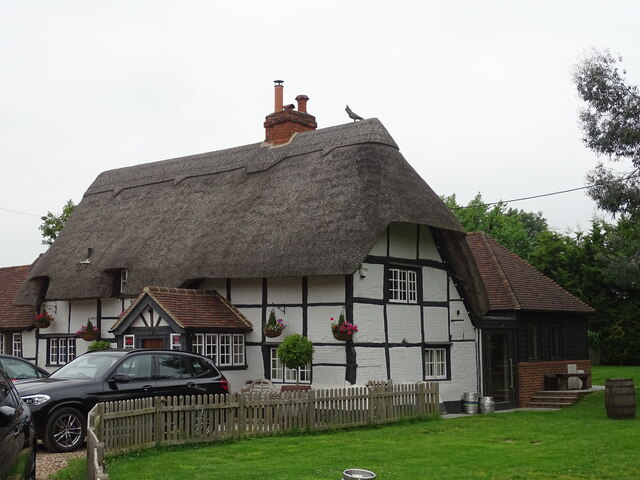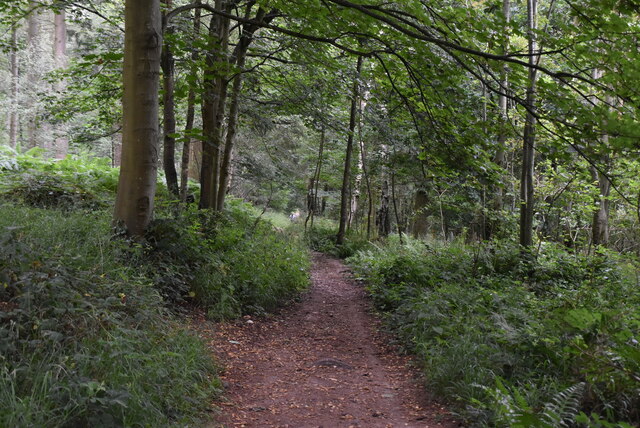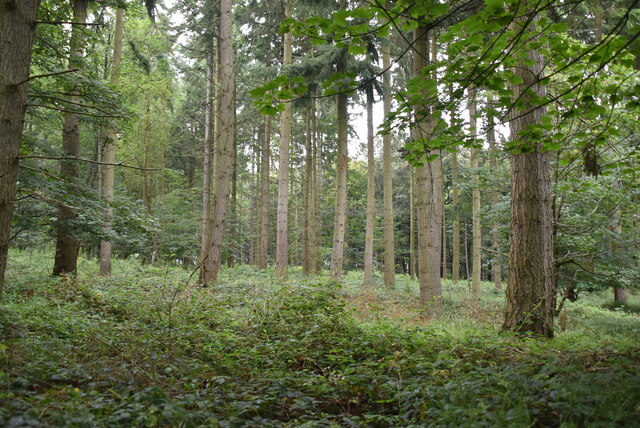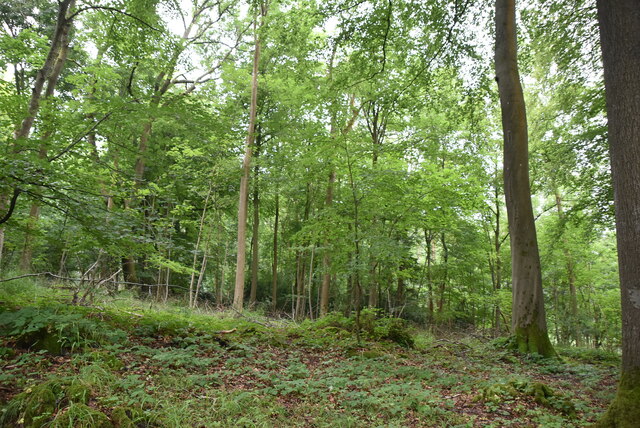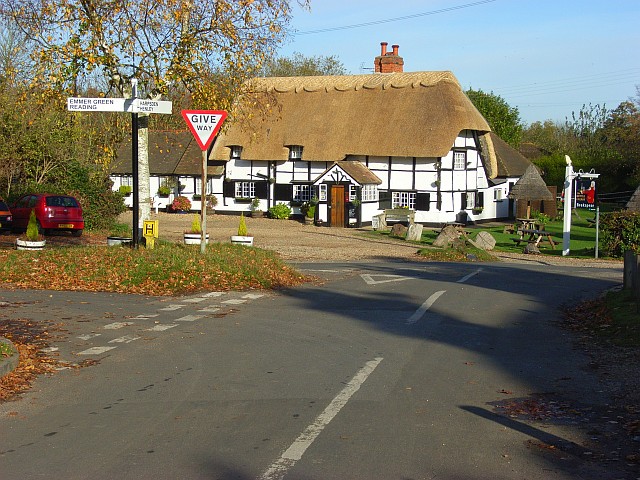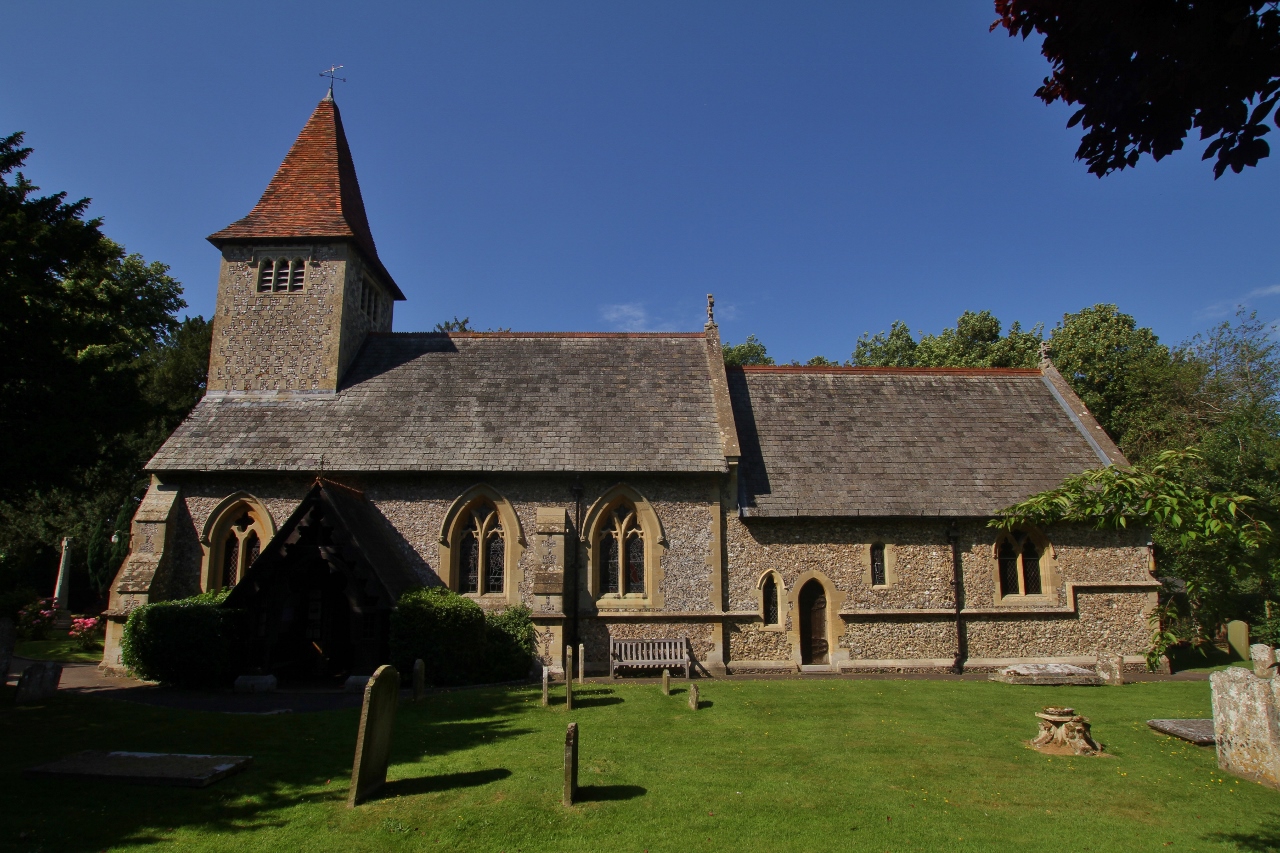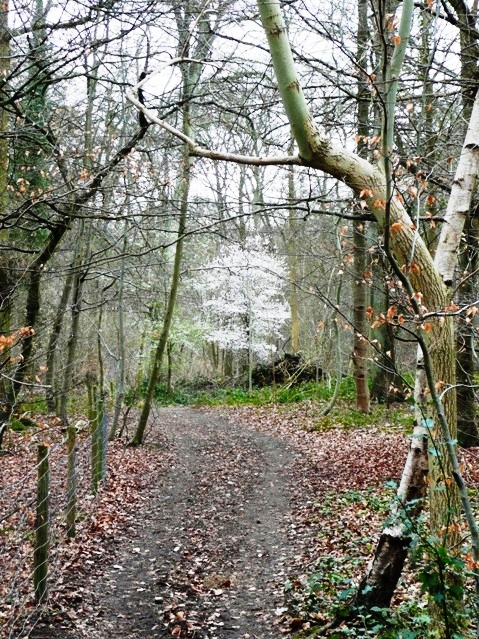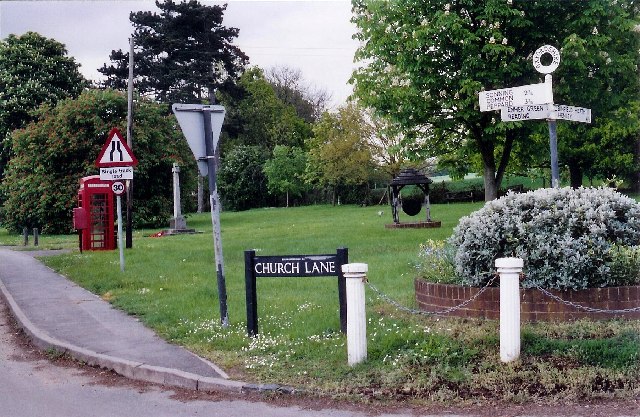Redhill Wood
Wood, Forest in Oxfordshire South Oxfordshire
England
Redhill Wood

Redhill Wood is a stunning forest located in the county of Oxfordshire, England. Spanning over an area of approximately 200 acres, this wood is considered a true natural gem and a popular destination for nature enthusiasts.
The wood boasts a diverse ecosystem, featuring a variety of tree species including oak, beech, birch, and hornbeam. These majestic trees provide a dense canopy, creating a cool and shaded environment even on the hottest summer days. The forest floor is covered with a lush carpet of ferns, mosses, and wildflowers, adding to the overall beauty and tranquility of the wood.
Redhill Wood is home to a wide range of wildlife, making it a haven for animal lovers and birdwatchers. Visitors may be lucky enough to spot deer, foxes, badgers, and a plethora of bird species including woodpeckers, owls, and various songbirds. The wood also supports a rich insect population, with butterflies and dragonflies fluttering around in abundance.
The wood offers several well-marked walking trails, allowing visitors to explore its enchanting surroundings. These paths wind through the forest, offering breathtaking views and the opportunity to immerse oneself in nature. The wood is particularly popular in autumn when the leaves change color, creating a stunning display of reds, oranges, and yellows.
Redhill Wood is easily accessible, located just a short drive from the town of Oxford. It offers a peaceful retreat from the hustle and bustle of city life, providing a serene environment where visitors can connect with nature and enjoy the beauty of the English countryside.
If you have any feedback on the listing, please let us know in the comments section below.
Redhill Wood Images
Images are sourced within 2km of 51.513714/-0.93742436 or Grid Reference SU7379. Thanks to Geograph Open Source API. All images are credited.
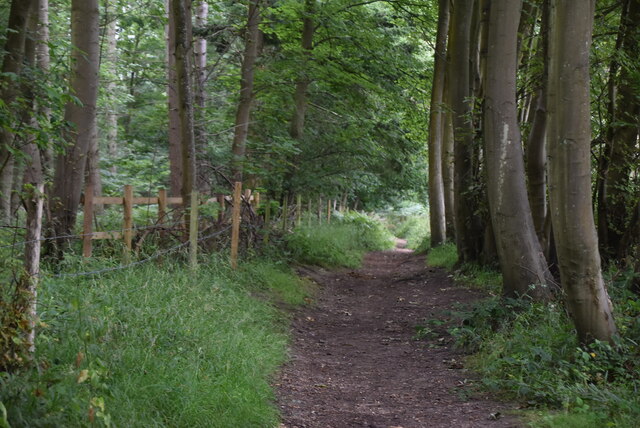




Redhill Wood is located at Grid Ref: SU7379 (Lat: 51.513714, Lng: -0.93742436)
Administrative County: Oxfordshire
District: South Oxfordshire
Police Authority: Thames Valley
What 3 Words
///propelled.communal.revisit. Near Sonning Common, Oxfordshire
Nearby Locations
Related Wikis
Crowsley Park
Crowsley Park is a 160-acre (65 ha) country estate in South Oxfordshire, central-southern England, owned by the British Broadcasting Corporation (BBC)...
Binfield Heath
Binfield Heath is a village and civil parish in South Oxfordshire, England, 2+1⁄2 miles (4 km) south-southwest of Henley-on-Thames and 3+1⁄2 miles (6 km...
Gillotts School
Gillotts School is a coeducational secondary school with academy status in Henley-on-Thames, Oxfordshire, England. The school is sited on a 33 acre verdant...
Holmwood, Binfield Heath
Holmwood is a country house in the village of Binfield Heath in Oxfordshire, England. It is situated on Shiplake Row in the village of Binfield Heath near...
Rotherfield Peppard
Rotherfield Peppard (often referred to simply as Peppard by locals) is a village and civil parish in the Chiltern Hills in South Oxfordshire. It is centred...
Harpsden Wood
Harpsden Wood is a 29.4-hectare (73-acre) biological Site of Special Scientific Interest south of Henley-on-Thames in Oxfordshire. It is owned by the Woodland...
Dunsden Green
Dunsden Green or Dunsden is a village in the civil parish of Eye & Dunsden in the South Oxfordshire ward of Sonning Common, about 3 miles (5 km) northeast...
Harpsden
Harpsden is a rural and semi-rural village and civil parish immediately south of Henley-on-Thames in South Oxfordshire, Oxfordshire, England. Its scattered...
Nearby Amenities
Located within 500m of 51.513714,-0.93742436Have you been to Redhill Wood?
Leave your review of Redhill Wood below (or comments, questions and feedback).
